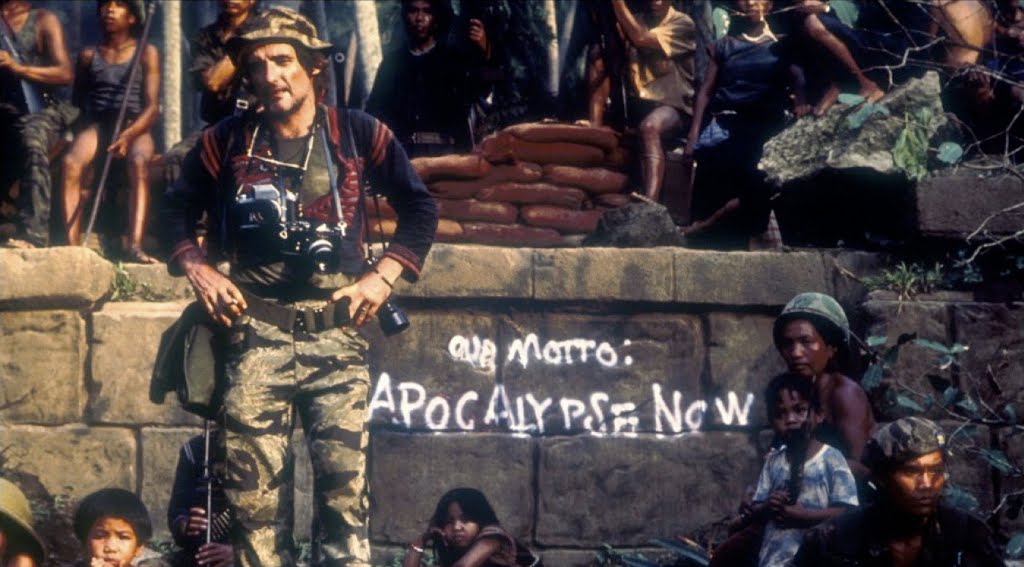The legacy of the HM Prison Pentridge in Victoria, Australia is one of torment. In the 70s and 80s, things got so bad that the government had to step in and investigate the complaints of violent treatment from the staff, but that just made things worse. From the notoriously fierce guards, tellingly nicknamed "The Bash," to the creation of the Jika Jika solitary ward, every development was one more piece of bloody puzzle leading to the prison being shut down and bulldozed in the 90s. But not before it was immortalized in two different Australian independent productions, linked by more than ellipses in their titles. John Hillcoat, later director of The Proposition, The Road and Lawless, fired the first shot with Ghosts...of the Civil Dead, a dystopian dramatization of a prison's increasing hostility to its inmates, scored, co-written and starring in a minor but terrifying role Nick Cave. The management of a fictional prison want federal money to build a new, more severe facility, but need justification. So begins a campaign of oppression, winding up prisoners to induce violent behavior in order to prompt reprisals and keeping guards miserable and in the dark to make them more prone to take out their frustrations on the prisoners. Where does it end? Though based on a novel and framed as a piece of sci-fi, it stings like the truth. Hillcoat's film leaps through time, skipping to new lows like a hardcore kid skipping tracks on a Jesus Lizard album, dank corridors bridging the gap between the horrendous fiction and reality. Several narrators, some unreliable, tell the story of the growing harshness which comes across the prison like a heatwave. Hillcoat's camera is still as can be, moving only when the point of view changes from predator to prey, finding his inmates half in shadow and filth, unable to recognize themselves under conditions that start bad and get worse. They're the poisoned blood of a body losing a fight to infection. When Cave's appearance kicks off the final act, his bone-shaking rasp and preacher's cadence like the voice of cruelty itself, it's the final straw. The community on either side of the bars disintegrates. Cave appears like a bigot poltergeist and both the tired inmates and increasingly stressed guards finally know that their fates are out of their hand. Though as always, fate has the last laugh.
Alkinos Tsilimidos' Everynight....everynight came next, and is based on a play detailing the circumstances of one Christopher Dale Flannery, a real inmate, and his stay in the maximum security H Division of the HM Prison. The HM and its horrific conditions flipped a switch in Flannery's brain and after his release he became a famous hitman dubbed Mr. Rent-a-Kill. Tsilimidos' film tries to determine what went on that forced the government to intercede on behalf of prisoners and what Flannery experienced that turned him from a petty crook into a murderer and spares no detail. Opening with the sound of nails being pounded by a hammer, the first lines are spoken by a guard who could scarcely look more like a buzzard. "On the Cross, Bryant. Get on the fucking cross, Bryant." So begins a suitably biblical regiment of torture, as Flannery's stand-in undergoes one humiliation after another including a beating and rape on his first night. Tsilimidos keeps his camera (in grainy black & white) inches from his the faces of his subjects, mocking Carl Dreyer's Passion of Joan of Arc, whirling around the dank prison like a drunken angel, or maybe just a lost bird. The body is broken and violated and the spirit cut to ribbons as degradations mount. Like the Irish prisoners of Hunger, the men of Everynight rail and scream against their captors, violence always on the tips of every finger and tongue. They find strength in not giving the guards what they want, resigning from their system one at a time. Both films can only guess what really went on in Australia's prisons, but they have a visceral understanding of systemic malevolence. Their dueling depictions of the annihilation of the individual feel like institutional passion plays.
These films (along with Romper Stomper) represented the changing of the guard in Australian cinema. Throughout the 70s and 80s, the line between commercial and artistic cinema was drawn in steel, but it started to melt in the 90s. The grammar of the grindhouse and the arthouse mixed like blood and skag. Ghosts looks like it was shot on the set of a bad action movie and appears to have been a model for Philip Brophy's clinically icky Bodymelt, giving one the impression that antiestablishment art didn't yet have a place in the mainstream and had to linger in the marshy, disreputable dark until they could be claimed. Crassness and violence would eventually define important movies as much as it had marked the underground cinema of the first decade of the new wave. From the needle of these early experiments dribbled the first hint that the country could come to terms with its ugliest traumas through its art. Soon the makers of The Tracker, Chopper, Wolf Creek, Samson & Delilah, Van Dieman's Land & Snowtown would dip their brushes in the same blood and start painting their own masterpieces.



No comments:
Post a Comment